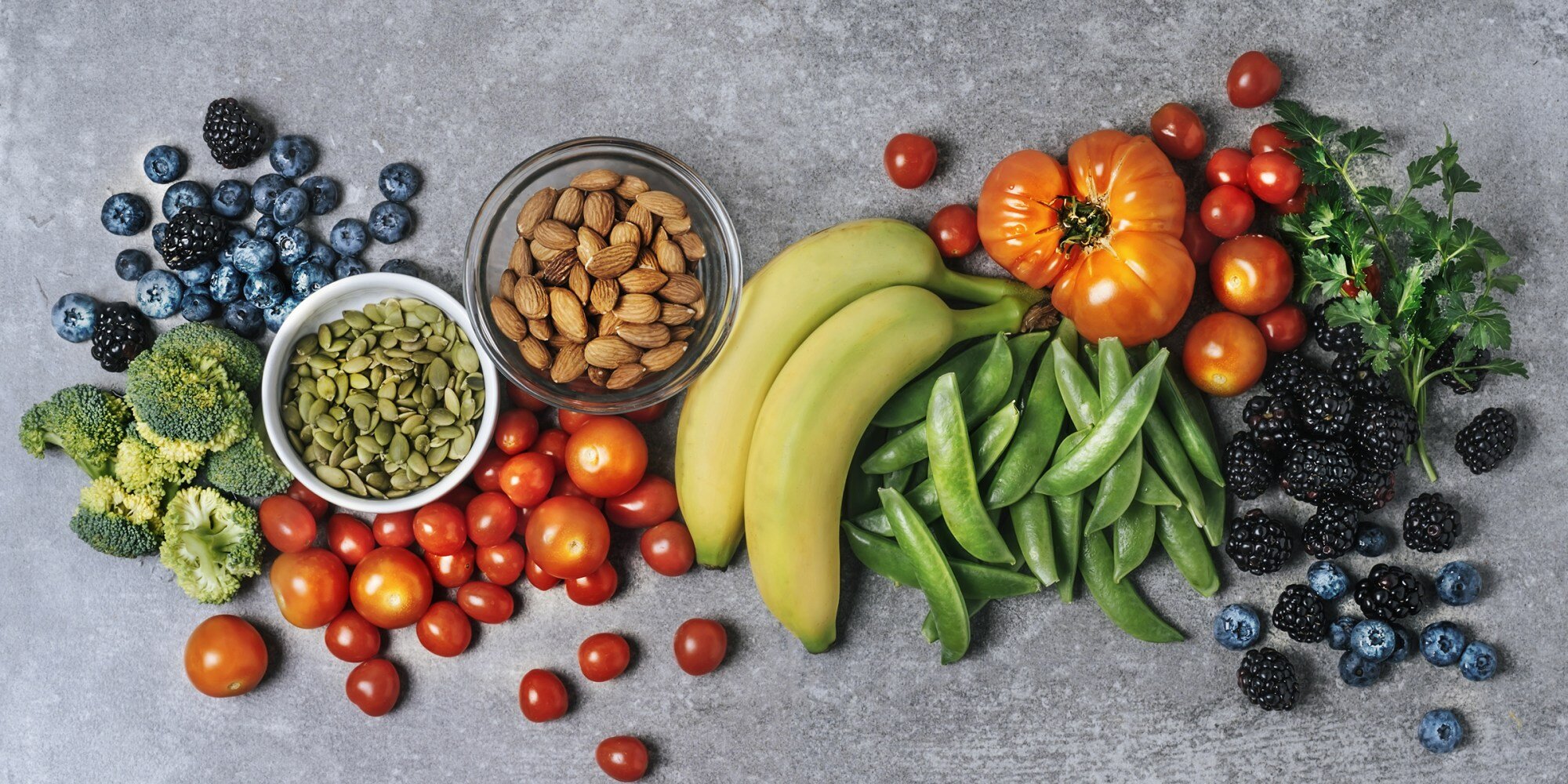
Atkins diet
History:
The Atkins diet is a low-carbohydrate diet devised by Robert Atkins in 1972 (1). Since then, the diet has been revised and updated. This diet ranked 32 out of 35 in US News Best Diet Overall for 2020.
Purpose:
The Atkins diet is based on a strict restriction of carbohydrates with no restrictions on protein, fat, or calories (1). There are four phases of the Atkins diet aimed to produce significant weight loss and maintain ideal body weight for the long-term. Additionally, there are three different plans Atkins 20, Atkins 40, and Atkins 100 depending upon weight loss goals.
General dietary practices:
This diet focuses on carbohydrate restriction in order for the body to metabolize and burn fat as the primary source of fuel instead of glucose. The four phases of the diet include induction, balancing, fine-tuning, and maintenance (2).
Phase 1, induction: It is recommended to consume under 20 grams of net carbohydrates per day for two weeks. Net carbs equal the total carbohydrate content of an item minus its fiber content. Focus on eating 12-15 grams of daily net carbs from low-carbohydrate vegetables such as leafy greens, asparagus, broccoli, celery, cucumber, green beans, and peppers. Eating protein at each meal is recommended.
Phase 2, balancing: In this phase, you can slowly add back nuts, seeds, and nutrient-rich carbohydrates such as vegetables and berries into your diet while continuing to consume 12-15 grams of daily net carbs from low-carbohydrate vegetables.
Phase 3, fine-tuning: This phase begins when you are close to your goal weight, about 10 pounds away, and continues until you reach your goal weight. You will continue to increase the variety of foods in your diet and may add 10 grams of carbohydrates each week. However, if you notice your weight loss stops you must cut back on how much you are consuming.
Phase 4, maintenance: You move into this phase once you have reached your goal weight. Here you can eat as many healthy carbohydrates as your body can tolerate without regaining weight. You will continue this way of eating for life.
Overall, foods to avoid include sugar, grains, vegetable oils, trans fat, "diet" and "low fat" foods, high carbohydrate vegetables and fruits, starches, and legumes. On the other hand, it is encouraged to eat meats, fish, seafood, eggs, low carbohydrate vegetables, full-fat dairy, nuts, seeds, and healthy fats (avocado, coconut oil, olive oil).
Key concerns:
There is no strong evidence of the diet's success in attaining stable weight loss and it may increase the risk of heart disease. This diet also has a poor compliance rate and is very expensive. In Phase 1 of the diet, side effects including headaches, dizziness, weakness, fatigue, and constipation might occur as a result of drastically cutting carbohydrates (2). If you are pregnant, pre-diabetic, or diabetic it is advised you talk to your doctor before starting this diet. A daily multivitamin with minerals, including magnesium and calcium, as well as supplemental omega-3 from fish oil and vitamin D is recommended while on this diet.
Further Resources:
Websites:
Apps: Atkins Carb & Meal Tracker
Books:
**The information presented provides an overview of the diet along with credible resources to refer to in order to learn more. This is not intended to make any dietary recommendations, rather an education tool for our clients.**
Reference:
Kuchkuntla, A. R., Limketkai, B., Nanda, S., Hurt, R. T., & Mundi, M. S. (2018). Fad Diets: Hype or Hope? Current Nutrition Reports. doi:10.1007/s13668-018-0242-1.
Atkins Diet: What's behind the claims?. Mayo Clinic. https://www.mayoclinic.org/healthy-lifestyle/weight-loss/in-depth/atkins-diet/art-20048485. Published 2020. Accessed July 26, 2020.
